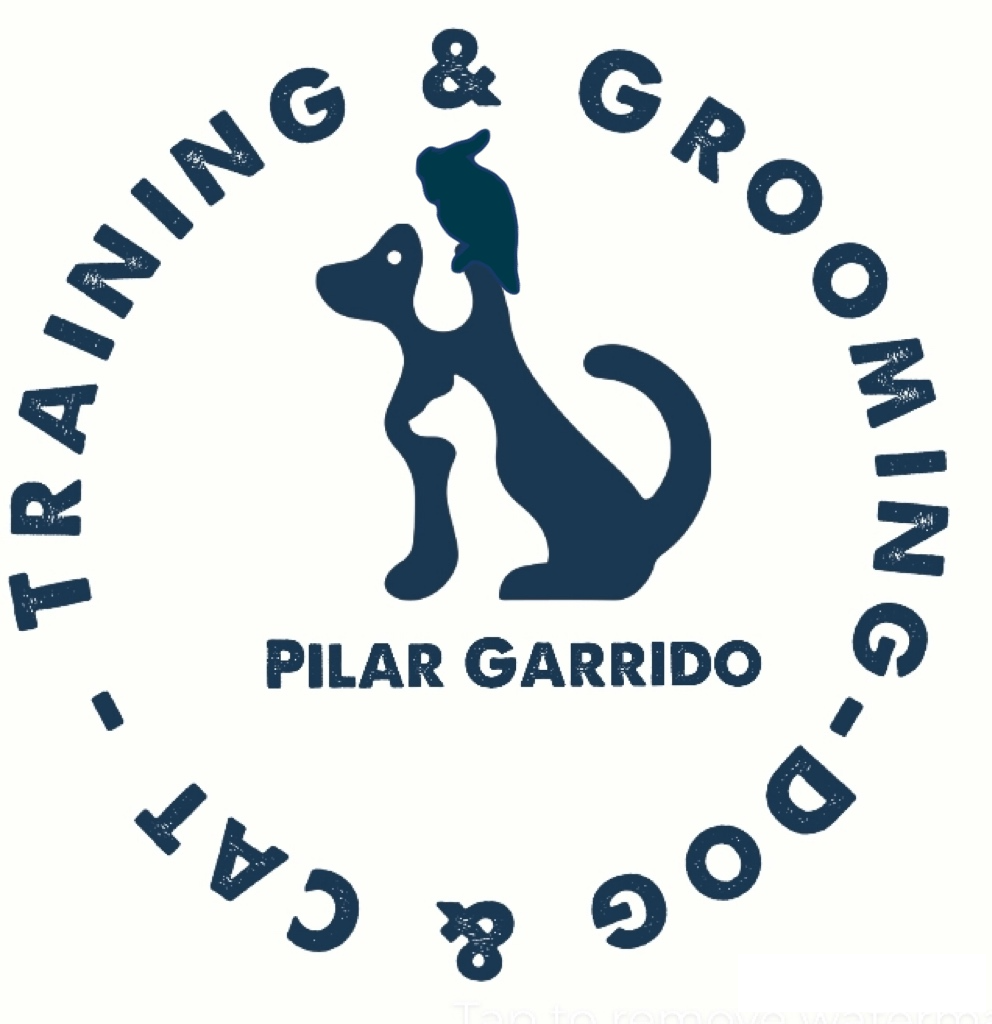Home Dog Grooming During COVID: Part II
Dog TipsMay 14, 2020
By Pilar Garrido for www.dogwhispererhq.com
Welcome back! This is Part II of the Home Dog Grooming series. For those who have not read Part I about important elements in maintaining a healthy, well-groomed dog at home (nails, eyes, ears and skin), please refer to the link here.
In this article, we will cover some basic hair maintenance including materials we need for different types of dog (Mexican Xoloitzcuintle, Chihuahua, Shar Pei, Malinois and more!).
(⬇️SCROLL DOWN FOR SPANISH TRANSLATION ⬇️)
Basic care according to the dog’s hair and skin types:
Dogs with no hair
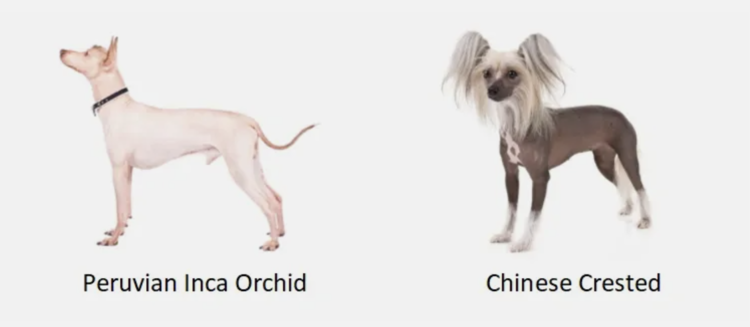
These include the Peruvian Inca Orchid, Chinese Crested and Mexican Xoloitzcuintle. These dogs have little to no hair. If they do have hair, it’s only on the head or feet. They require little bathing maintenance. However, they need to be cleaned all over the body, at least once a week, with a damp towel and a dry shampoo. Thoroughly drying the skin is essential (you can use a hair dryer, on low setting) to prevent the formation of fungus. Because of their skin type, these dogs should not be exposed to the sun. Normal bathing can be done every two months with plain water and hand soap. Apply a little softener to moisturize their skin. The process is necessary to prevent dryness and scaling of the skin.
Dogs with short hair

Examples of these breeds are the Chihuahua, Shar Pei, Great Dane, Malinois, Boxer, Whippet and Dalmatian. They shed a lot of hair when molting every six months, depending on the season or part of the world they are in. Molting is a natural form of hair renewal from a dog’s adaptation to natural settings. Therefore, proper daily hair brushing is needed to remove dead hair and minimize shedding at home. The use of rubber brushes, soft bristle brushes, mitts (for removing dead hair) and rakes are necessary to maintain a healthy, shiny coat. Bathing these dogs once a month is recommended, and should include a thorough drying to prevent colds and formation of fungus.
Dogs with medium hair
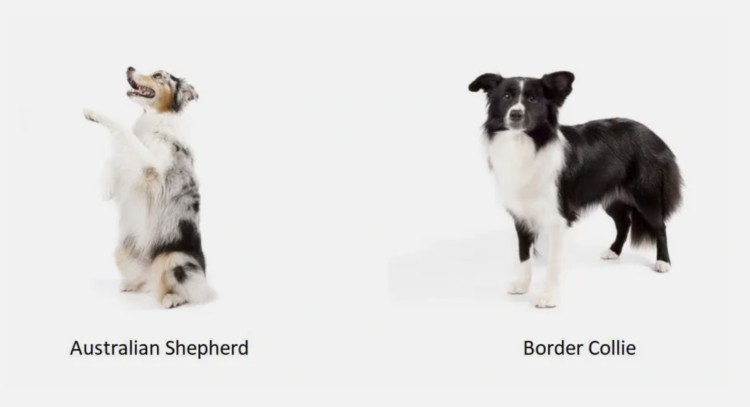
Examples of these breeds are the Australian or German Shepherd, Border Collie and Saint Bernard. Normally, these dogs shed their hair twice a year: spring and autumn. During colder seasons, their hair changes and they get rid of summer hair. When spring comes, they shed again as they prepare for the upcoming hot weather. A weekly brushing of the dog’s coat will make it nice and clean. Before brushing, apply a live-in conditioner to soften the coat so the brush can move with ease. To begin, we need to have at least three types of brushes. First, the Slicker brush: it’s good for medium to long hair and useful for removing tangled hair. Second, the Rake brush: it’s best for the shedding season and goes deep down the dog’s long hair to remove matted hair and unwanted undercoats. Finally, the natural Boar Bristle brush: it helps penetrate the roots to get the sebum so that it can hydrate the hair, making it shiny and healthy. If we follow good daily hair maintenance (or 3x a week/minimum), bathing the dog every two months is sufficient. When bathing, use two handfuls of basic shampoo (diluted in water) and afterward, apply hair conditioner (diluted in water) throughout the body. Do not forget to rinse well after each bathing. Please avoid cutting the hair very short because it can create serious skin problems for these particular breeds.
Dogs with long hair (Group A)

Examples of these long-haired dogs are the Scottish Terrier, Schnauzer Terrier, West Highland Terrier and Cocker Spaniel. These dogs require major stripping. Stripping helps remove dead hair from the top coat (stiff guard hairs) by gently pulling them out and allows for a new coat to grow. To maintain a healthy appearance, it is imperative that we remove the dead hair. By not doing this, it will have a negative impact on the overall hair texture. Terriers and spaniels should be brushed and combed with a soft bristle brush at least three times a week. It will prevent matting and also helps with shedding all over furniture. Remember: this breed is very prone to skin irritation and therefore it is not recommended to give them monthly baths. Choose a derma dyne based shampoo because of their skin sensitivity. A hair conditioner should be used. Rinse and dry thoroughly after each bath. When in doubt, discuss with a groomer very familiar with these types of breed.
Dogs with long hair (Group B)
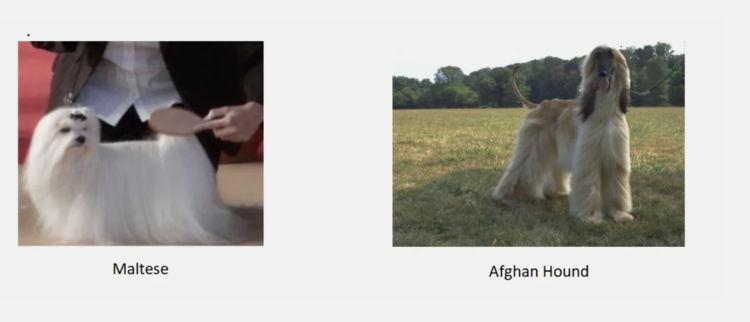
Group B examples include the Maltese, Shih Tzu, Afghan Hound, Bobtail, Poodle and Yorkshire Terrier. These dogs have delicate skin and do not have underlying coats. Apply light brushing because their hair can break easily and is susceptible to matting. Due to their long hair, be careful having them play near grass or a field. Dirt or seed grass can accumulate easily on the hair and, if not removed, brushing can become impossible. If we force the brush, it can destroy the hair and irritate their sensitive skin. Maintaining the hair is a challenging task. For a healthy-looking coat, use daily brushing, apply hydrating hair products and feed your dog a well-rounded nutritional diet.
Be careful when bathing them. Before they get wet: (1) apply a hydrating product and (2) remove all tangled hair carefully. Shampoo the dog by moving in one direction from top to bottom using both hands: the hair is in between the two palms. With the shampoo on the body, do not move the hand in a circular motion — only in one direction (up and then down). After rinsing, apply hair softener. Wrap the dog’s entire body with a dry towel and wait 5-10 minutes (under normal room temperature) for the softener to take effect. Rinse and dry with a towel using a patting movement, not a circular motion. Remove the towel when there is no more water on the hair and continue drying either with a comb or a Slicker brush (for poodle type dogs) or with a Pin brush (Maltese or Afghan type dogs) until it gets dry. Use a hair dryer or blower on a low setting during winter, if necessary. In the summertime, a dryer is not needed. The air and heat can dry the hair quickly. Keep in mind that the dog’s hair can get tangled easily especially when you put clothes on them during the wintertime.
Dogs with long hair (Group C)
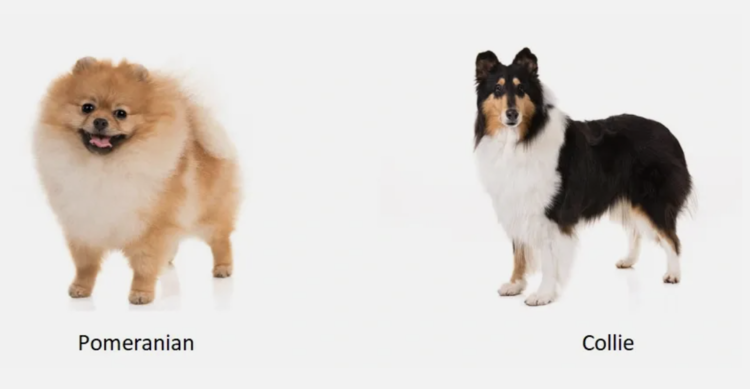
Examples of long-haired dogs with underlying coats are the Pekingese, Pomeranian, Chow Chow and the Rough Collie. For best results, we should brush them daily with either the Bristle brush, Soft Boar brush, Metal comb, Slicker brush and bathe them as much as long-haired dogs without an undercoat. One bath a month is sufficient. Use shampoos that provide volume to the hair. It’s not good to shave these dogs. When cutting hair, never touch or cut the undercoat. Daily brushing is essential for healthy looking hair. It is not advisable to dress them in clothes. If you do, immediately brush the hair when you remove the clothes. Bathing is similar to Group B.
General tips:
(a) Always use lukewarm water for bathing.
(b) Use quality dog shampoo with a pH balance of 7.5 (5.30 pH human) to prevent skin irritation.
(c) There is a difference between bathing a small and a large dog in the house. Weight and comfort are important factors to consider. If we are planning to use the regular shower or bathtub, a detachable head shower with a long hose can make it easier.
(d) Use a clean towel for drying and never leave it wet on the floor. When finished, hang the wet towel properly and avoid mixing it with new ones.
(e) For better control, use a dog walking strap during bathing. The presence of an additional helper can make the job easier.
(f) When using the bathtub or the shower, wet the sponge or mitt with water and add soap or shampoo as you rub it gently over the dog’s body. The technique is only good for short to medium hair. For long-haired dogs, please see application on Groups B and C. Rinse properly and, afterwards, apply hair softener or treatments mixed with lukewarm water. Leave it on for 5-10 minutes and rinse properly in the end.
(g) Clean the dog thoroughly and never leave a mark of soap or shampoo on the hair or the skin, as this can cause irritation. Drying the hair is essential to avoiding the formation of fungus on the skin. Use a regular hand dryer for small dogs. For bigger dogs, a portable professional home dog dryer is recommended. Do all of this at room temperature to prevent the dog from getting sick.
(h) If your dog is suffering from skin allergies or issues, to bathe her, you need to wear specific gloves and products recommended by your veterinarian. Use specific shampoos prescribed for allergies or skin treatment. Products with derma dyne ingredients (antibacterial, antiseptic and antifungal) are very effective.
Photo references:
AKC.org. (n.d.). Dog Breeds. Retrieved from https://www.akc.org/dog-breeds/
Consult a professional for more information on your dog.
